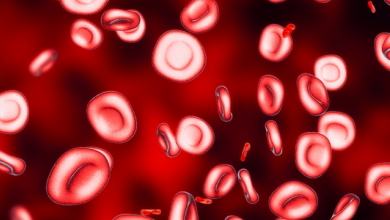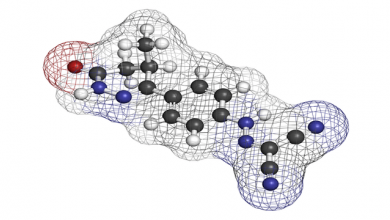Search results
Author(s):
Mark IM Noble
Added:
3 years ago
The simplicity of the concept of contractility is illustrated in Figure 1, which is the case for a strip of muscle connected to a force transducer. If one records the force of a contraction, and then measures it again at a longer length, the force is found to be higher. If by making other interventions, such as increasing the calcium ion (Ca2+) concentration of the extracellular fluid, and the…
View more
Author(s):
Nicholas Wettersten
,
Alan S Maisel
Added:
3 years ago
Cardiac troponin (cTn) is the core biomarker for the diagnosis of a myocardial infarct (MI).1 Indeed, as stated in Table 1, it meets all the definitions of a biomarker for acute coronary syndrome (ACS), as suggested by Maisel.2 In the setting of ACS, in addition to its diagnostic use, it is prognostic, clinically actionable and can be monitored during therapy as a surrogate of improvement. In…
View more
Author(s):
Mark Sweeney
,
Angela Yiu
,
Alexander Lyon
Added:
3 years ago
Cancer and the anti-cancer treatments prescribed by oncologists have long been known to have significant effects on muscle, causing a catabolic muscle wasting state and resulting in widespread and progressive atrophy of most muscle groups.1 This process contributes significantly to the cancer cachexia seen in up to 80% of all patients with cancer, resulting in progressive weight loss, loss of…
View more
Author(s):
Gabriele Fragasso
Added:
3 years ago
The development of heart failure is rarely dependent on primary alterations of cardiac metabolism. The majority of heart failure cases result from diseases of the cardiac muscle, most frequently ischaemic heart disease. However, whatever the cause of heart failure, the net result will be depletion of myocardial adenosine triphosphate (ATP), phosphocreatine and creatine kinase levels with…
View more
Author(s):
Giuseppe Rosano
,
Cristiana Vitale
Added:
3 years ago
Heart failure (HF) affects 1–2% of the population in developed countries and absorbs a significant amount of human and economic resources.1–3 It is a complex syndrome, characterised by a spectrum of symptoms and signs ranging from minimal loss of normal functional capacity to more severe symptoms refractory to medical therapy. It may be associated with different aetiologies and varying degrees of…
View more
Author(s):
Nicole Ebner
,
Stephan Von Haehling
Added:
3 years ago
Iron is an essential trace element that is present in a number of molecular systems, and it is increasingly recognised as an important cofactor for a variety of cell systems.1 It has been acknowledged that iron plays an important role in oxygen transport, as well as in cell growth and proliferation. In recent years, more insight has been gained into iron physiology and the regulation of cellular…
View more
Author(s):
Pieter Martens
Added:
2 years ago
Author(s):
Tobias Koenig
,
Johann Bauersachs
,
Denise Hilfiker-Kleiner
Added:
3 years ago
Cardiovascular diseases (CVD) are a major cause of complications in pregnancies worldwide, and can be largely attributed to increased cardiovascular risk factors, such as obesity and hypertensive disorders.1 Today, up to 4% of all pregnancies are complicated by CVD, with increasing frequency.2 Cardiomyopathies – whether inherited or acquired – represent the leading cause of maternal morbidity and…
View more
Levosimendan Efficacy and Safety
Author(s):
Zoltán Papp
,
Piergiuseppe Agostoni
,
Julian Alvarez
,
et al
Added:
3 years ago
Article
Author(s):
Edoardo Bertero
,
Pietro Ameri
,
Christoph Maack
Added:
3 years ago
Heart failure (HF) and cancer represent two major causes of morbidity and mortality in developed countries.1,2 The prevalence of these conditions is growing as the age of the population and the burden of shared risk factors, such as diabetes and obesity, are constantly increasing. In past decades, the field of cardio-oncology has predominantly focused on prevention and treatment of cardiovascular…
View more













